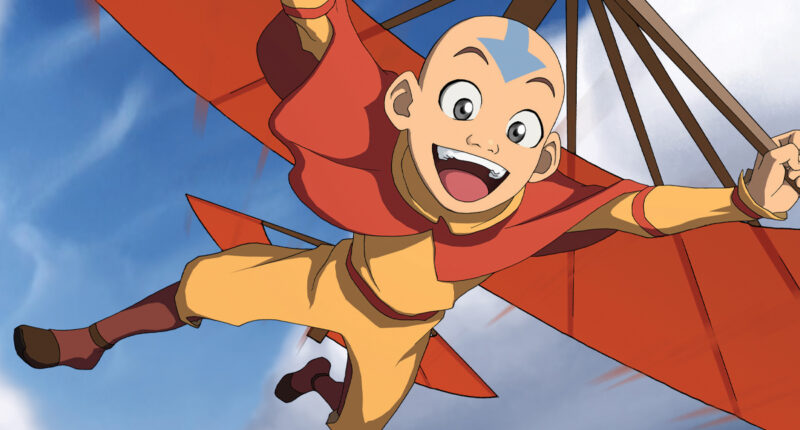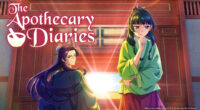“I was just so struck by everything about the pitch, the clarity of their vision, the quality of the art they were presenting,” Coleman says. “It was both elaborate but really simple. It was fantastical yet felt really grounded … but most importantly, it was really emotional. You cared about the hero and all of the other characters. They all had their journey, and you cared about the villain as well.”
It would be around eight months of development as Konietzko and DiMartino negotiated their contracts, and Coleman gave them feedback and thoughts, one of which would lead to the creation of an iconic fictional villain.
“I loved the epic journey, but I threw out the notion of ‘what if the villain were a kid?’” Coleman recalls. “We had the uber-villain in Fire Lord Ozai, but I thought it might benefit the week-to-week episodes if we could pull the villain into the storytelling—a villain who ultimately could have more of a relationship with Aang.” They came up with Zuko, one of the most richly-imagined characters in American animation.
Word soon spread of the fantastic burgeoning project as Coleman, Konietzko, and DiMartino began to bring it to life. As the show moved from test pilot to production—and after a successful, if unusual, screening at San Diego Comic-Con—it picked up another fan who would go on to help shape the show. Dave Filoni is, of course, now known as the Lucasfilm superstar who is behind most of the current slate of Star Wars television, but back then, he was an animator who had yet to enter the world of Grogu. Still, he was selected to direct the first episodes of the show.
“I remember seeing the [test pilot] Mike and Bryan created, and I thought immediately they had made something special,” Filoni recalls. “I was very excited to be offered the opportunity to direct the pilot episodes, so much so that I wanted to do both parts of the opener. It was rare back then to get to work on an anime-style show in the U.S. I had wanted to work on a series like this since seeing Macross [Robotech in the States] as a kid. I storyboarded the first two episodes on tiny Post-Its, which took up all four walls of an entire office at Nickelodeon. It was a dream come true to work on such a show.”
Filoni came on after the series had gotten a 13-episode order, which suddenly made everything feel real for the two young creators who had seen many friends get pilots and shows picked up but were going through it for the first time themselves. Merging Nickelodeon’s mandate of wanting a Lord of the Rings-style show and an action series Coleman had told them about, they began to get to work.









